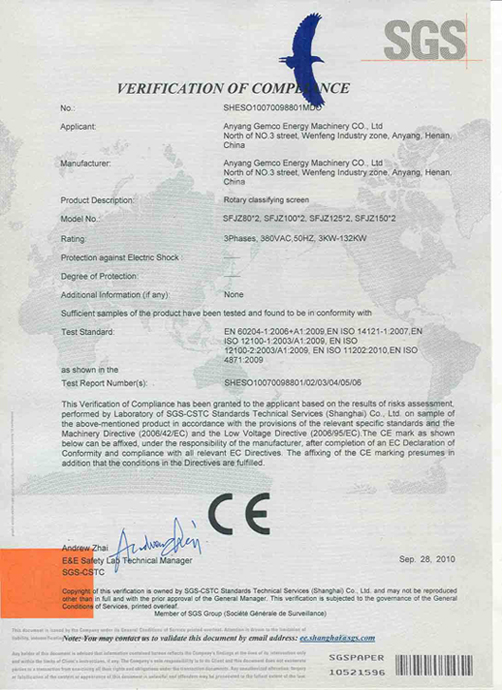Test for Pellet Quality
Pellets should be dense, durable and have a moisture content below 10 percent. A simple way to test a pellet's quality is to place the pellet in a glass of water. If the pellet sinks, it was formed under sufficient pressure and the density is appropriate. The converse is true if the pellet floats. In this case its density is too low, thereby conferring a lower mechanical durability. Such lower quality pellets are more likely to crumble and produce fines.
A second test is to take a one liter container and fill it to the top with pellets. Weigh it, then deduct the weight of the container. The weight of a pellet divided by the volume it displaces is referred to as its specific gravity. For quality pellets, the specific gravity will be between 0.6 and 0.7 kg/liter. This is a crucial indicator that the pellets were produced under the correct pressure. Poor quality pellets with a specific gravity under 0.6 tend to break/crumble easily, and produces excessive fines.









